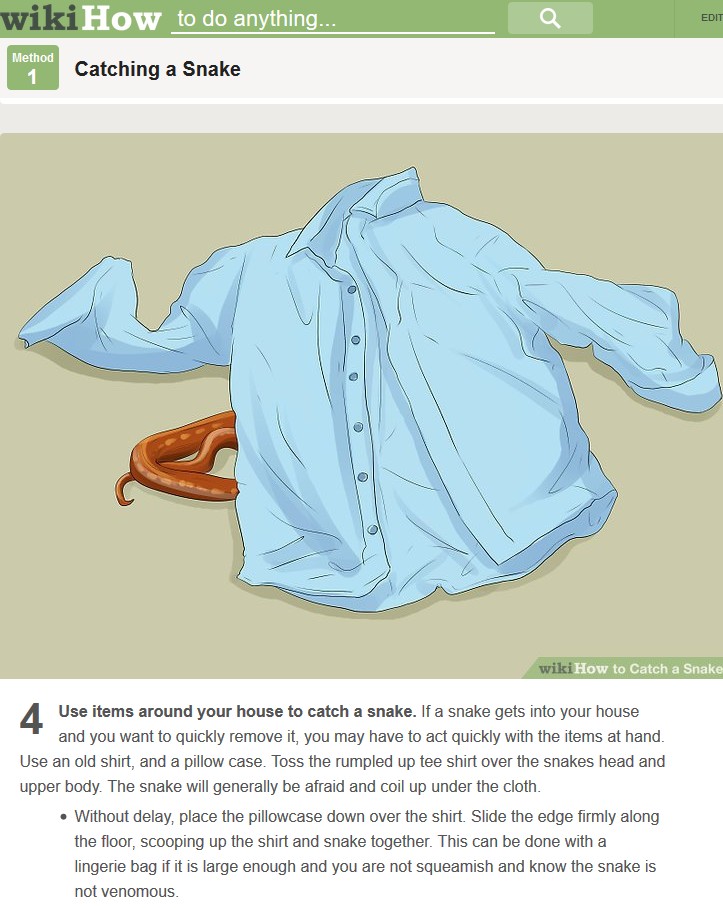I was reading the Annotated Classic of Waterways (Shuijing zhu 水經注), a sixth century text that contains information about the Red River Delta region and came across a passage about snakes.
The text mentions a kind of snake called a “ranshe” 髯蛇 (literally, a “whiskered snake”) that was very large and could eat boars and deer.
The text then says that when people confront one, they throw women’s clothing on it (搏之以婦人衣投之).

In seeing this mention of women’s clothing, I at first wondered if there was something being implied here about the power of women (be it positive or negative).
For instance, there is a famous story about the establishment of the kingdom of Haripunjaya (or Haripunchai) in northern Thailand in the seventh century that involves women’s clothing. This kingdom was founded by a Mon woman named Camadevi. An indigenous chief named Vilanga demanded that she marry him. Camadevi agreed to do so if Vilanga could throw a spear from a mountain (Doi Suthep) all the way to her palace.
To ensure that Vilanga would not be able to do that, Camadevi made a hat out of her lower garment and gave it to the chief. The hat had a negative effect on Vilanga as it drained his energy and he failed the spear-throwing challenge.
Another version of the story says that Camadevi gave Vilanga betel nut smeared with menstrual blood and it had the same effect.
In other words, there was a belief in northern Thailand that a woman’s (lower) garment was powerful, and that power was associated with the idea that menstrual blood is dangerous.

Could it be that there was a similar belief in the Red River Delta some 2,000 years ago? Were people throwing women’s clothing on snakes out of the belief that the dangerous power of menstrual blood could reduce the strength of the snake?
As I was wondering about that, I decided to do a Google search for “how to catch a snake”. . . and guess what? One of the ways to catch (or just neutralize) a snake is to simply throw a piece of clothing (any piece of clothing) over its head. The snake will get scared and curl up under the piece of clothing.
In fact, this is exactly what the passage in the Annotated Classic of Waterways says as well. It says that “In confronting [a ‘whiskered snake’], [people] take a woman’s garment and throw it on [the snake]. [The snake] will then curl up and will not get up. [People] can then run by it.” (搏之以婦人衣投之,則蟠而不起,走便可得也)

So why did the garment have to be a woman’s? My guess would be that it was simply because women covered their bodies with more material than men did at that time.
We do not know how people dressed in the Red River Delta 2,000 years ago, but given how various minority peoples across Southeast Asia continued to dress into the twentieth century, it would not be surprising if men wore something like a loincloth and women wrapped a piece of cloth around their bodies, like a sarong.
A loincloth would not be large enough to cover the head of a snake as big as a boar-eating “whiskered snake,” but a sarong would. As such, this passage probably gives us a clue as to how men and women in the Red River Delta region dressed some 2,000 years ago.

It also can give us a sense of the problems that could emerge in encountering a snake 2,000 years ago in the Red River Delta region. If a man came across a “whiskered snake” without a woman around, he might end up getting attacked by the snake. If a woman was present, then she would lose her sarong to the snake. . . Either way, human beings were the ones who were on the losing end of this encounter.


This Post Has One Comment
Miền bắc lạnh lắm anh ơi… Ăn mặc như vậy vào mùa đông chắc chết… Còn vấn đề đàn ông ở trần chắc chỉ là vào mùa Hè thôi, mùa này nhiều họat động (trồng trọt, đi đánh bắt…) nên thường được ghi nhớ, làm tượng để lại. Miền bắc VN khí hậu rất khác miền nam, nên không thể đánh đồng với các dân miền nam được . Thêm nữa di cốt người Việt thời Đông Sơn đã là hình thái Mongoloid rồi, nghĩa là răng đã hình xẻng rất rõ. Sớm hơn là thời Phùng Nguyên, người Việt cũng đã chuyển qua hình thái Mongoloid rồi.